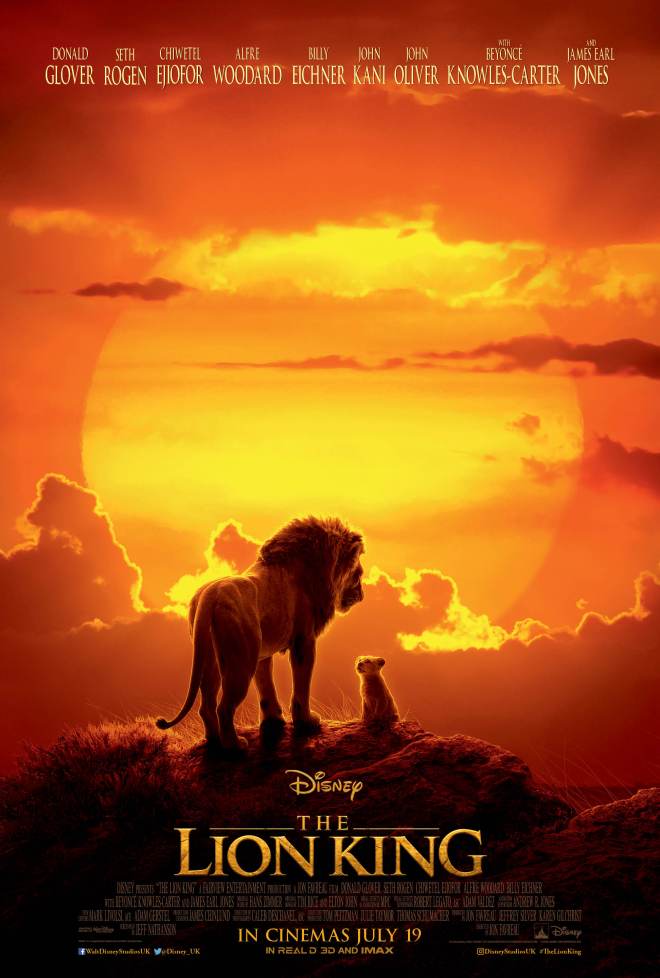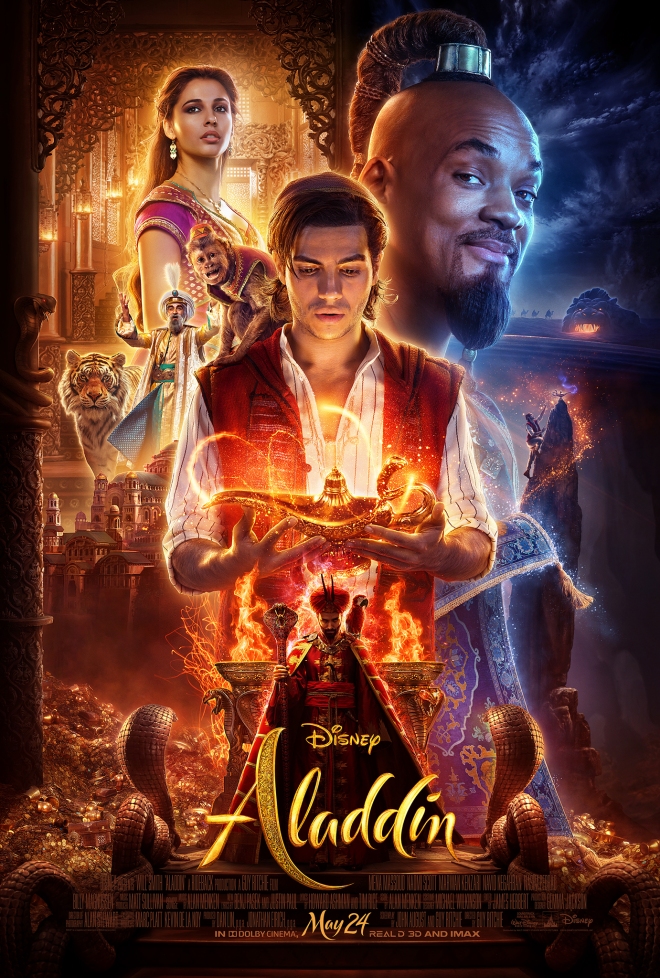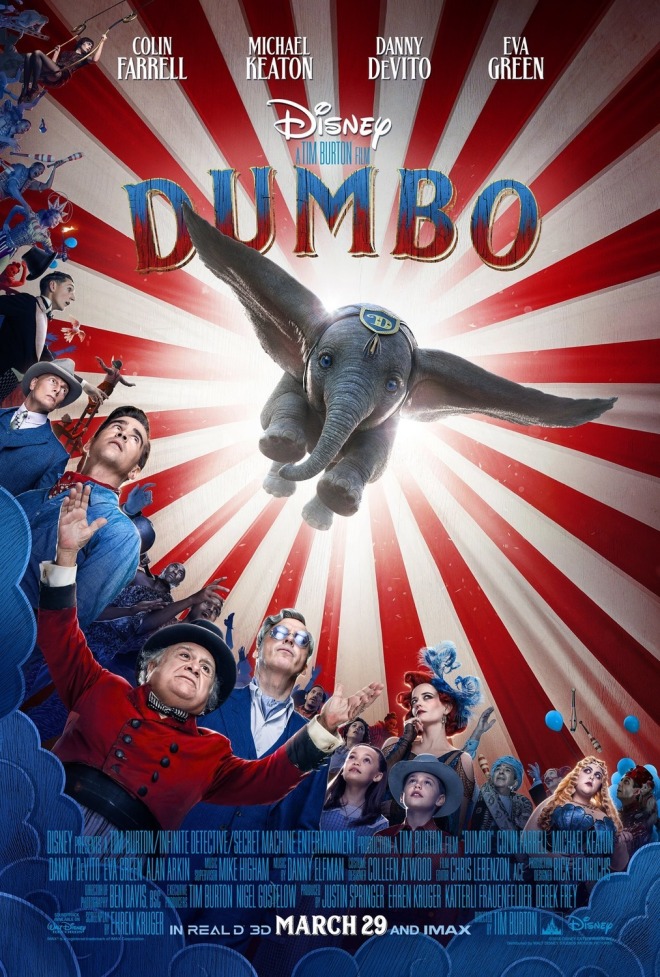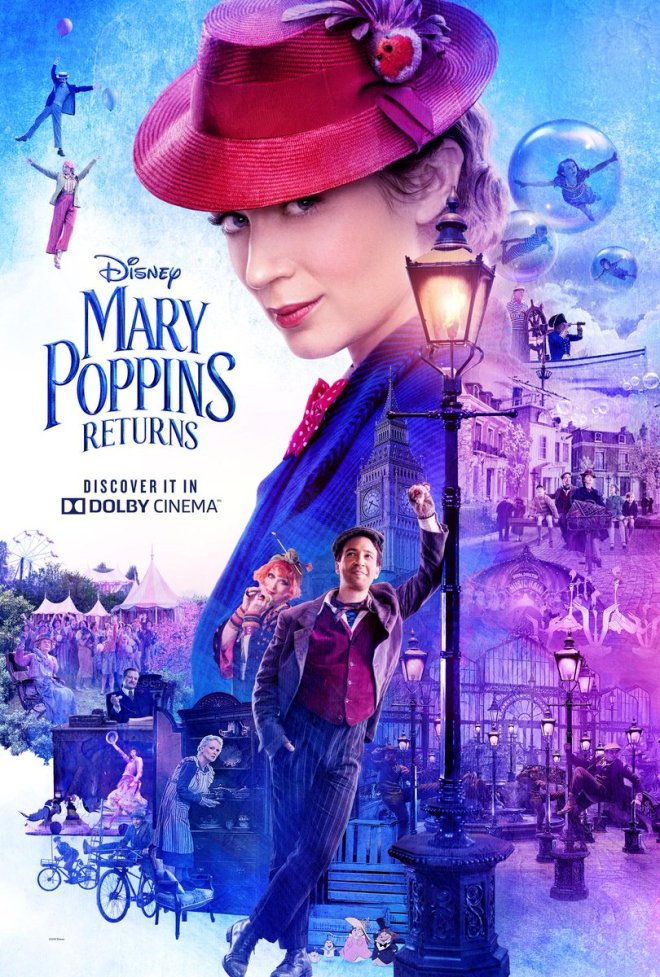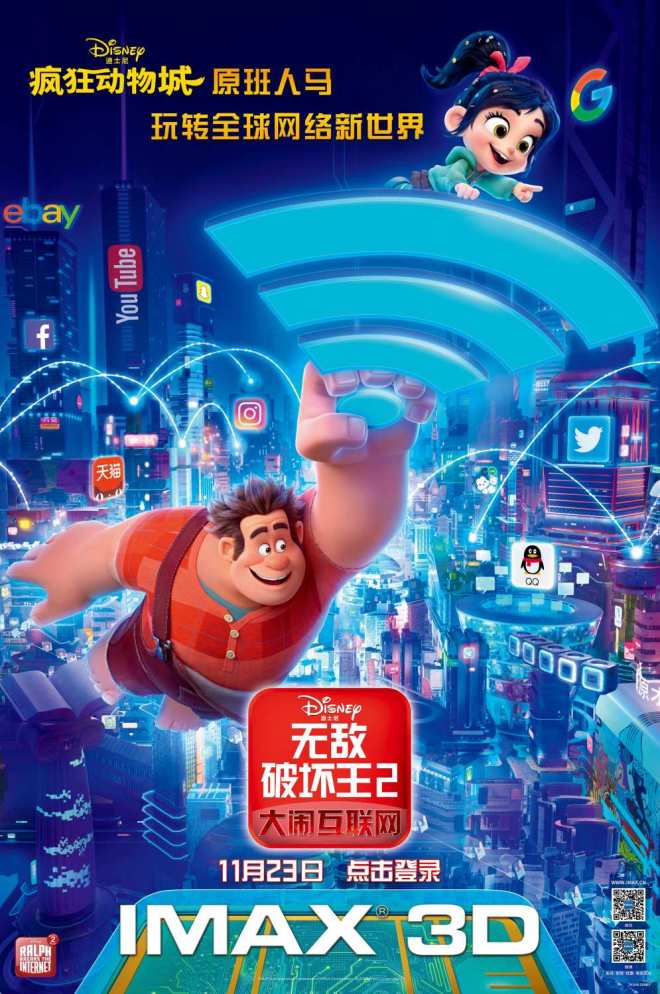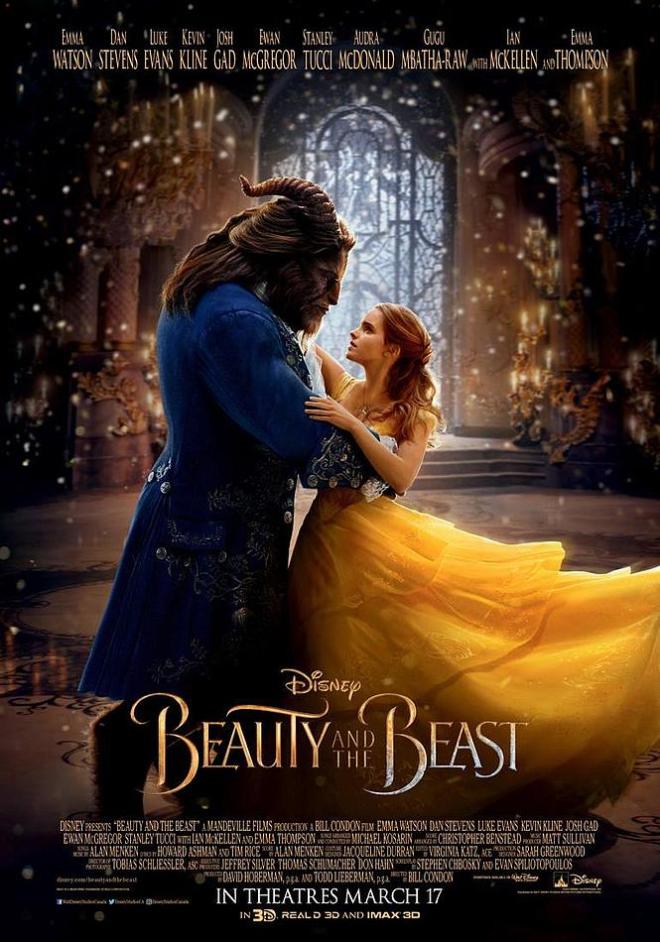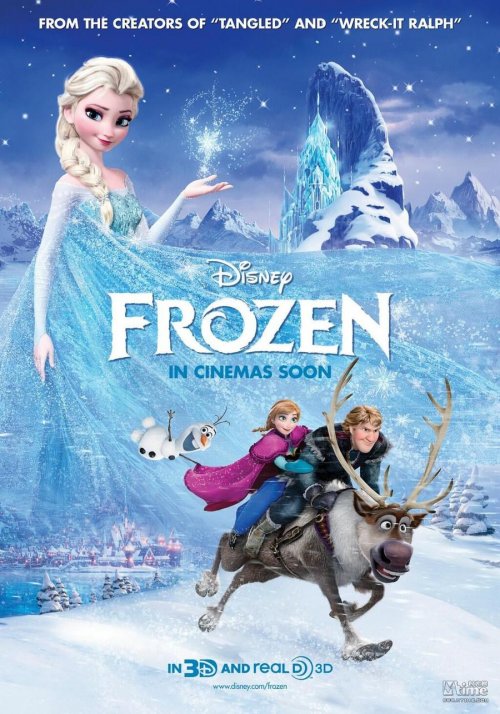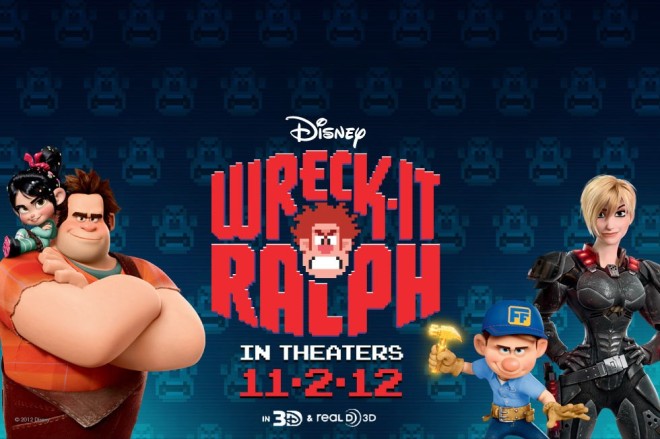
It’s been a lean decade or so for Disney fans. Pipped to the post by Pixar after Pixar movie, and even competitors from studios like Dreamworks (Shrek) and Fox (Ice Age), Disney hasn’t put out a movie in years – without relying on Pixar as a crutch – that’s had quite as much of a blissed-out, loopy joie de vivre as Meet The Robinsons. With by-the-numbers cack like Chicken Little and even more risibly poor offerings like Home On The Range (which I didn’t even bother to see) counting among Disney’s offerings in recent years, it’s been sad to see a once almighty studio on the forefront of animation reduced to always playing catch-up… poorly. Thank god, then, for the irreverent, madcap wit of Robinsons, a smart, genuinely funny Disney movie that, for the first time in ages, feels like a worthy successor to classics of a long-gone era. Oh, sure, there’ll be people who feel its frenetic pace (jokes on speed!) and decidely loopy humour will mark it out as a bizarre, slightly cultish phenomenon rather than a proper classic – and certainly there’s a case to be made for that. But, for me, it was just great fun to be thoroughly entertained by a Disney movie again, to be reminded of the flights of fancy and imagination that animation can still make available to us… all with a dollop of wickedly random, almost post-modern humour that, with Robinsons, has finally found its way into Disney movies.
Lewis (Jordan Fry) is a little boy who was left on the steps of an orphanage as a baby – smart and precocious, all Lewis seems to be able to do is invent endless machines that keep his hapless room-mate Goob (Matthew Josten) awake at night and alienate well-meaning prospective parents. Finally, Lewis gives up hope on his future, resolving instead to look into his past to find the mother that abandoned him. But when he develops a memory scanner that just might work and enters it in the local science fair, he suddenly meets Wilbur Robinson (Wesley Singerman), a boy from the future who claims to be a time-cop on the lookout for the sinisterly bow-legged Bowler Hat Guy (Stephen J Anderson). BHG, Wilbur claims, is out to steal Lewis’ invention – and surely that’s what happens, as the mustachioed comedy villain BHG, with the help of irate flying hat Doris, carries out his nefarious plot and nicks the scanner. Eager to prove to Lewis that he is from the future, Wilbur propels Lewis through time and inadvertently introduces him to the extended Robinson family – as kooky a mix of characters as any set of animators has ever dreamt up, including matriarch Franny (Nicole Sullivan), who teaches frogs to sing, and apparently insane Grandpa Bud (Anderson). Lewis quickly finds himself identifying with them, and wants nothing more than to be adopted by them. But when BHG tracks him into the future, Lewis discovers just what the Robinsons really mean to him, and realises the huge stakes he’s playing for in thwarting BHG and Doris’ evil plans.
If the plot sounds a bit half-baked, I must apologise – but, honestly, it’s difficult to tease the synopsis into anything approaching true coherence without giving the convoluted plot away. Some have argued that the storyline makes little sense, and attempting to understand it can only be futile. I disagree: there are certainly some time travel paradoxes involved here that might not make sense, and others that are dragged to the limits of credibility for dramatic purposes (e.g., when Lewis takes BHG on a quick sweep of a scary future he has just managed to avoid, as it dissolves before their very eyes). But the plot, for the most part, actually does make sense. What’s crucial to note here, however, whether you eventually agree with me on this, is that the plot is the last thing on the film-makers’ minds. It’s meant to service the real reason this movie was brought into being: its sense of character, as well as its deliciously weird sense of humour.
In what other movie are you going to be introduced to characters clearly meant to be completely whacky and plain far-out? Every member of the Robinson clan is just strange: from Grandpa Bud and his penchant for wearing his clothes back to front; through to sensible robot Carl (Harland Williams) and Uncle Fritz (Ethan Sandler), who thinks he’s married to his hand puppet. And you’re introduced to all of them and more, like a couple of apparently unrelated, but very competitive gate-keepers, and meatball-firing Uncle Gaston (Don Hall), in the space of five minutes, give or take thirty seconds. Other minor characters sprinkled throughout the movie are freaky-weird too: the school’s Coach (Hall again) perpetuates stereotypes of bulky, stupid athletes even as he dismantles them by running away screaming like a girl when attacked by fire ants… owned by a deliciously evil little girl Lizzy (Tracy Miller-Zarneke), who sics them on her “enemies”.
Robinsons‘ coup de grace is in the creation of one of the most proudly stupid, bumbling villains in the history of comedy villains: BHG, at first glance a spindly, dastardly nemesis eerily reminiscent of Peter Pan’s Captain Hook, quickly shows himself to be a useless dolt completely at the mercy of a distinctly Machiavellian mechanical hat. It’s got to take some comedy guts to have your top villain be a hat, but Anderson takes the joke and runs with it, and comes up with true comedy gold. BHG is hilarious in his gloriously stupid incompetence: whether it’s his need to depend on Doris as a teleprompter to sell Lewis’ scanner as his own invention, or his distinctly harebrained schemes to take down Lewis with the help of a mini-Doris – even if it means selecting clearly underqualified “minions” such as singing frog Frankie (Aurian Redson) or a rampaging T-Rex plucked from the past. (Their dazed reporting to him after failing in their missions to capture Lewis, capped off by the final question, “Master”? L. O. L. :D) Hey, any villain who proudly claims that TP-ing the house of his enemy is a brilliant plan – albeit not as brilliant as one involving complex time-travel and sabotage of intellectual property rights – wins in my book!
It’s tough to describe just what made Robinsons so winning in my book. People have complained about its breathless pace, and certainly it whips through scenes and characters like the film-makers were on crack, speed and E, all at the same time. Others have argued that the movie, lacking a real plot, pulls every trick in the book to create marketable characters so they can kickstart yet another lucrative cartoon empire. All of that is probably true, at least to some extent. But, oddly enough for an animated movie, the main goal of which is usually to appeal to as broad an audience as possible so as to rack up box-office takings, I think a particular sensibility – or at least, a particularly quirky sense of humour – would help a lot in one’s enjoyment of this movie. The jokes are irreverent, whip-smart and cheerfully tongue-in-cheek… but also bizarre and not likely to strike everyone’s funny bone in quite the same way. (When Wilbur slaps a Carmen Miranda fruit-basket hat on Lewis’ head, and the latter deadpans that he didn’t expect that, I was quite helpless with laughter.) I suspect that’s why some reviewers have thought it to be a pile of worthless pap, while others have cottoned on to a glimmer of the humour behind the movie but filed it away as a bit of a fizzle for not having managed to struggle out from beneath the weight of a poor script. Actually, what’s happened here is that the film-makers have grafted an almost Will Ferrell-esque style of disjointed, loopy humour onto an apparently traditional family-friendly structure… which no doubt confuses more people than it wins over. Come on, man – Grandpa Bud first introduces himself by shaking a woodchuck that’s hanging off his sleeve in Lewis’ face! It doesn’t get more inspired than that… or more offputting, depending on whether your sense of humour skews in quite the same direction.
That Robinsons, for all its buzzed eccentricities, nevertheless remains a heartfelt story in the tried-and-tested Disney mold is even more impressive. Lewis’ emotional journey, as he learns to let go of a past he is literally allowed to recapture, does not suffer from the myriad ongoing comedy hijinks, and in fact turns out to be surprisingly, touchingly sweet. In effect, you get in this movie a comedy with very modern, very wry sensibilities, married to an old-school Disney tale about family, hope and the future. It’s a nice touch that the movie starts out with an old Disney short featuring Mickey, Donald and Goofy as inventors themselves, building a boat that little Lewis and future Disney characters will continue to construct in future. So, honestly, when it comes down to it? If you can keep up with the speed at which Robinsons whips through its scenes, and gain an appreciation for its kooky, far-out characters, you might very easily grow to love this movie too. Very appropriately for a film that touches on the idea of always moving forward (that being the motto for Robinson Industries), this movie finally suggests great things in Disney’s future that go beyond falling back on Pixar, and which might yet yield classics similar to those which have defined so much of our lives.

